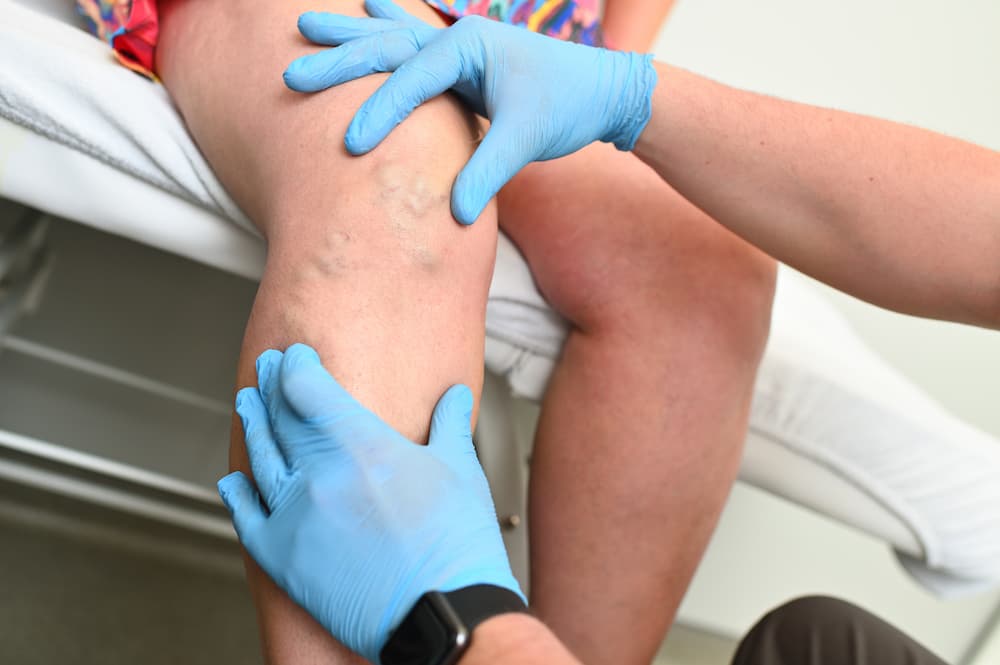Cellulitis is a serious infection that can develop quickly and cause severe health complications. It is important to be able to identify the signs and symptoms of cellulitis, as early diagnosis and treatment are key to preventing more health problems. In this article, we will discuss what cellulitis is, its signs and symptoms, and how it is treated.
If you or a loved one has been diagnosed with cellulitis, or if you think you may have it, then read on to learn more.
What is cellulitis?
Cellulitis is a potentially serious bacterial infection of the skin and underlying tissues. It occurs when bacteria penetrate through breaks in the skin, such as cuts or insect bites. The most common types of bacteria involved are Streptococci and Staphylococci.
Cellulitis can affect any part of the body, but it usually starts on the lower legs.
Risk factors
There are certain factors that can increase your risk of developing cellulitis. These include:
- Diabetes
- Poor circulation, including vein disorders
- Weakened immune system
- Skin conditions such as eczema and psoriasis
- Insect bites or burns
- Recent surgery, especially on the legs
- Chronic skin disorders
- Excessive exposure to water, such as swimming
What are the signs and symptoms of cellulitis?
The most common symptom of cellulitis is a red, swollen, tender area on the skin. There may also be pain and warmth in the affected area. In some cases, there may also be drainage from an open sore or ulcer.
If left untreated, the infection can spread to other parts of the body, such as the lymph nodes or internal organs and become life-threatening.
Other symptoms may include:
- fever
- chills
- blisters
- skin dimpling
- headaches
- nausea
- vomiting
- fatigue
How is cellulitis treated?
The treatment for cellulitis depends on the underlying cause and severity of the infection. For example, if your cellulitis was a result of lymphedema or a vein disorder, you will need to address this in addition to the infection. The most common and effective treatment for venous disease is compression.
Cellulitis is usually treated with antibiotics. These medications can be taken orally or intravenously (through an IV).
Depending on the severity of your infection, you may also receive supportive care such as wound care and fluid replacement therapy. If your cellulitis was caused by an underlying skin condition, your doctor may also recommend that you use topical medications such as creams and ointments to help treat the condition.
Additional treatments such as warm compresses, elevation of the affected area, or pain medications can also help reduce specific symptoms. It is important to follow your doctor’s instructions for any treatment plan.
Complications
If left untreated, cellulitis can lead to serious complications, such as sepsis, abscesses, or gangrene. It is important to recognize the signs and symptoms of cellulitis and seek medical attention as soon as possible if you suspect you may have an infection.
If you've had cellulitis previously, it increases your chances of getting it again. Recurrent cases of cellulitis may damage the lymphatic drainage system which can lead to chronic swelling of the affected limb.
Conclusion
Cellulitis is a serious bacterial infection that requires prompt diagnosis and treatment. Knowing the signs and symptoms of cellulitis, as well as its possible risk factors, can help you seek medical attention quickly in order to prevent further health complications. If you have been diagnosed with cellulitis or if you think you may have it, contact your doctor for an evaluation and treatment plan.
It is important to note that not everyone who has risk factors or displays symptoms of cellulitis will develop the infection. However, if you are at risk or display any of the signs and symptoms mentioned above, be sure to seek medical attention immediately. With the right care, you can reduce your risk of further health problems and speed up your recovery.
If cellulitis has developed as a result of Chronic Venous Insufficiency or vein disease, Aero-Wrap Gradient Compression System (and Aero-Wrap™ Flex) is an easier way to effectively manage the condition.
Aero-Wrap is the next-generation compression wrap. It is thin and flexible and has adjustable compression. It also has hook and loop straps, making it easy to apply over compression dressings or bandages.

The AeroGauge hand pump helps you set, adjust, and maintain your desired level of compression. This product doesn't rely on the art of bandaging like other compression wraps do. This makes it easier for patients to use this wrap and get the benefits of compression therapy, opening the possibility of doing more dressing changes between clinical visits. Learn more at Aero-Wrap.com.

